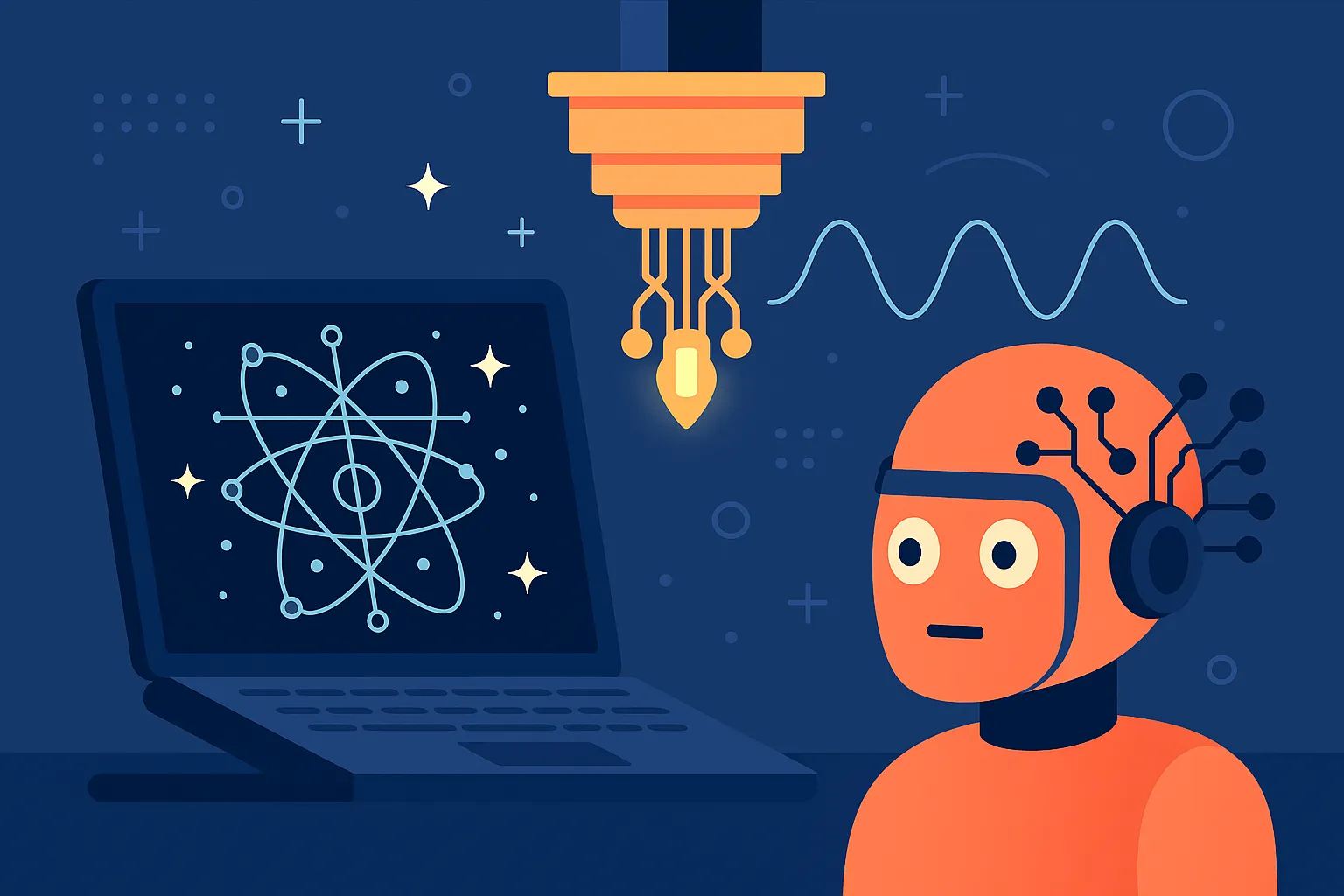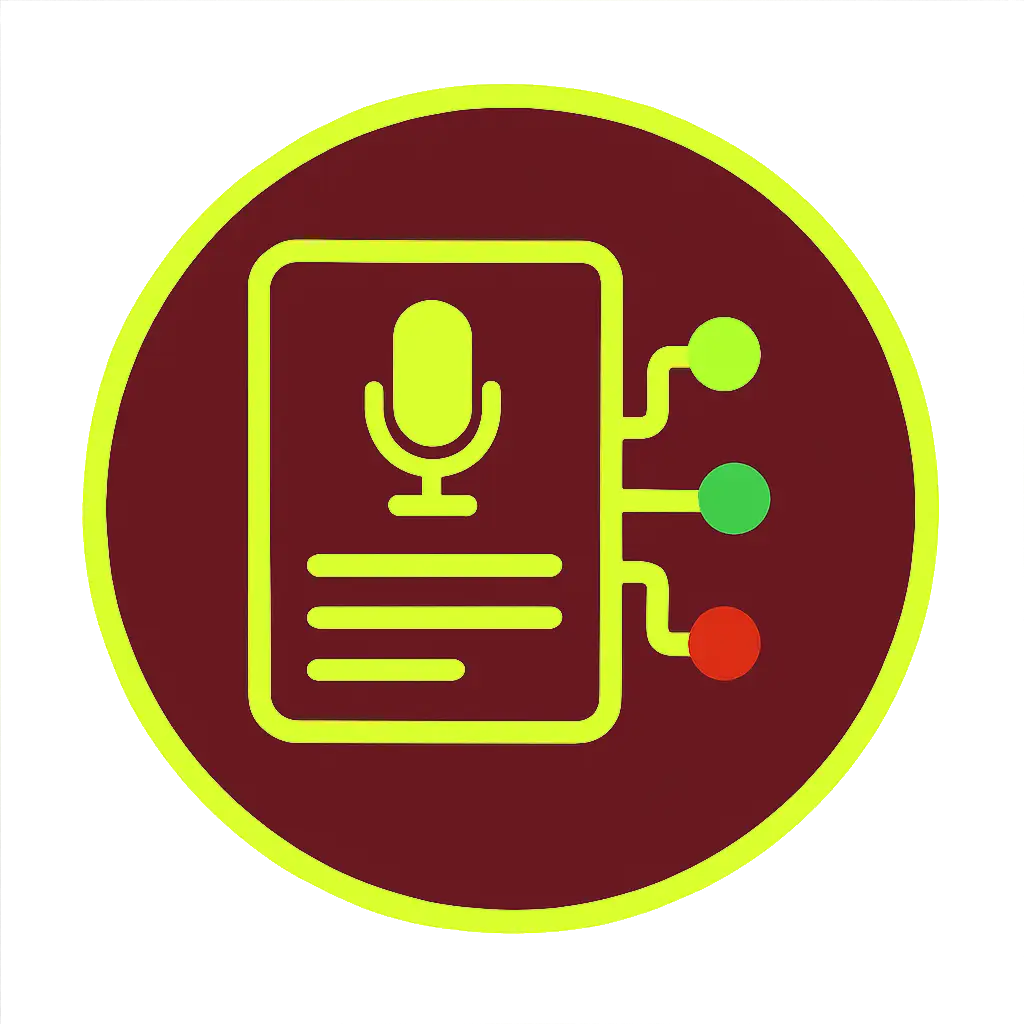
How Quantum Computing is Transforming AI and What It Means for the Future
Introduction
Artificial intelligence has already reshaped how we work, communicate, and innovate — but the next leap forward may not come from larger neural networks or faster GPUs. It could come from an entirely new kind of computer. Quantum computing harnesses the counterintuitive principles of quantum mechanics to process information in ways that defy classical logic, promising to supercharge machine learning and redefine the limits of AI.
Imagine an AI that could analyze global logistics in real time, simulate new drugs at the molecular level, or train large language models thousands of times faster — not in days or hours, but in seconds. That’s the scale of transformation we’re looking at when quantum and AI converge. This guide explores how quantum computing works, how it enhances AI, where it’s being applied today, and what hurdles still stand in the way of this technological revolution.
Understanding Quantum Computing
At its core, quantum computing isn’t simply “a faster computer.” It’s a completely different paradigm. Traditional computers store information in bits — zeroes and ones — which form the basis of all logic and computation. Quantum computers, on the other hand, use qubits, which can exist as 0, 1, or both simultaneously through a property called superposition. This allows them to explore multiple possible outcomes at once instead of evaluating them one by one.
Qubits can also exhibit entanglement — a phenomenon Einstein famously called “spooky action at a distance.” When qubits become entangled, the state of one instantly affects the other, even if they’re far apart. Combined with quantum interference (which amplifies correct answers and cancels out wrong ones), this gives quantum systems immense potential for solving problems that are practically unsolvable on traditional machines.
How Quantum Computing Enhances AI
When quantum mechanics meets artificial intelligence, the result is a completely new field: quantum AI. The goal isn’t just faster computation, but a fundamental shift in how models learn, optimize, and reason. Here’s how:
1. Lightning-Fast Model Training
Training today’s large AI models requires enormous computing power and energy. Quantum processors can process many states simultaneously, potentially reducing training times from weeks to seconds. For example, a quantum-enhanced neural network could analyze massive datasets or simulate environments exponentially faster than a classical model ever could.
2. Unmatched Optimization Power
Optimization lies at the heart of AI — from tuning model weights to improving resource allocation or logistics planning. Quantum algorithms can evaluate millions of solutions at once, finding optimal answers far more efficiently than traditional methods. This could revolutionize fields like supply chain management, autonomous driving, and portfolio optimization.
3. Enhanced Pattern Recognition
Because quantum computing can handle high-dimensional data effortlessly, it could dramatically improve the ability of AI to recognize complex, non-linear patterns. From early disease detection in medical imaging to identifying subtle fraud patterns in finance, quantum-powered systems could spot what current algorithms overlook.
4. Transforming Natural Language Understanding
The subtleties of language — tone, context, emotion — often trip up classical AI models. Quantum NLP aims to bridge this gap by encoding meaning in quantum states, enabling models to process relationships and ambiguity in ways that mirror human thought.
Quantum Algorithms Powering AI
Some of the most promising innovations in AI today are emerging from quantum algorithms purpose-built for machine learning tasks. Below are a few early examples that demonstrate what’s possible when quantum theory meets data science.
Quantum Support Vector Machines (QSVM)
Support Vector Machines are a staple of classification tasks in AI. A Quantum SVM leverages the power of quantum kernels and high-dimensional Hilbert spaces to separate data more efficiently, improving both speed and precision. Researchers have already built prototype QSVMs using IBM’s Qiskit framework, demonstrating how they could outperform classical counterparts in certain scenarios.
from qiskit import QuantumCircuit
qc = QuantumCircuit(2)
qc.h(0) # Apply Hadamard gate to create superposition
qc.cx(0, 1) # Apply CNOT for entanglement
qc.measure_all()
print(qc)
Quantum Neural Networks (QNNs)
Quantum Neural Networks are inspired by the architecture of deep learning but operate on qubits instead of neurons. These systems can process complex datasets with a fraction of the parameters needed for classical networks, and may one day train entirely on quantum data generated by sensors or quantum simulations themselves.
import numpy as np
# Quantum-inspired activation function example
def quantum_activation(x):
return np.tanh(x)
print(quantum_activation(2))
Challenges Facing Quantum AI
For all its promise, quantum AI still faces significant challenges. Qubits are extremely delicate — the slightest vibration or temperature shift can disrupt their quantum state, leading to what’s called decoherence. Building stable quantum systems that maintain coherence long enough for complex computations is one of the field’s greatest engineering challenges.
Beyond hardware, the algorithms themselves need to evolve. Most machine learning frameworks are built for classical architectures. Researchers are now rewriting these foundations, exploring new mathematics and hybrid “quantum-classical” workflows where both systems share computation duties. Scalability also remains a hurdle; practical, error-corrected quantum computers that can outperform classical ones consistently are still years away.
Industries Poised for Disruption
Quantum AI’s reach extends across nearly every sector of the global economy. Here’s where its first major impact is expected:
- Healthcare: Quantum models could accelerate drug discovery, simulate protein folding, and personalize treatments using genomic data.
- Finance: Real-time fraud detection, market simulation, and portfolio optimization could reach levels of precision that are currently impossible.
- Energy: Quantum-enhanced optimization could transform grid efficiency, renewable energy planning, and climate modeling.
- Logistics: From airline scheduling to delivery routing, quantum algorithms could cut waste and fuel consumption dramatically.
- Cybersecurity: The same power that threatens encryption could also create unbreakable cryptographic protocols based on quantum principles.
Who’s Leading the Charge?
Every major tech company is now investing heavily in quantum AI. Google achieved quantum supremacy with its Sycamore processor, showing that quantum systems can outperform classical supercomputers on specialized problems. IBM continues to expand access to its quantum systems through the cloud, democratizing research for developers worldwide. D-Wave has built quantum annealers for optimization tasks, while Microsoft focuses on hybrid architectures that integrate quantum logic into classical frameworks. Startups like Rigetti and Xanadu are also building open-source ecosystems for experimentation.
Getting Started with Quantum AI
You don’t need a physics degree to explore this field. The ecosystem for learning quantum programming has grown rapidly, with accessible platforms such as:
- IBM Qiskit – An open-source SDK for building and running quantum algorithms.
- Google Cirq – A framework designed for developing algorithms for near-term quantum computers.
- PennyLane – A library for hybrid quantum-classical machine learning and quantum chemistry.
Many universities and research institutions now offer free courses, and you can even run small quantum programs directly in the cloud to see the results yourself. The best way to learn is by experimenting — the tools are already at your fingertips.
FAQs
- When will quantum AI become mainstream? Most experts expect meaningful commercial applications within 5–10 years as hardware matures.
- Will quantum computers replace classical ones? No. They’ll complement them — classical computers will still handle general tasks, while quantum machines tackle problems beyond classical reach.
- Is quantum programming accessible for beginners? Yes. Tools like Qiskit and Cirq make it possible to write and simulate quantum circuits using Python.
- Could quantum AI make today’s encryption obsolete? Eventually yes, but it will also introduce new quantum-secure methods of protecting data.
- Who stands to gain most from quantum AI? Early adopters in science, finance, logistics, and national security will likely see the fastest gains from the technology.
Conclusion
The convergence of quantum computing and artificial intelligence marks the dawn of a new computational era. Together, they hold the potential to accelerate discovery, amplify creativity, and redefine what machines can achieve. While practical implementation remains a challenge, the direction is clear: as qubits scale and algorithms mature, the gap between theory and reality will close — and the AI systems of the future will look nothing like the ones we use today.
Related Posts
- What is the Difference Between Artificial Intelligence, Machine Learning, and Deep Learning?
- Exploring Transfer Learning in AI: How to Use Pre-Trained Models for Your Projects
- Data Augmentation Techniques to Improve AI Model Generalization
- How to Build a Neural Network from Scratch in Python
- Natural Language Processing: A Beginner’s Guide



